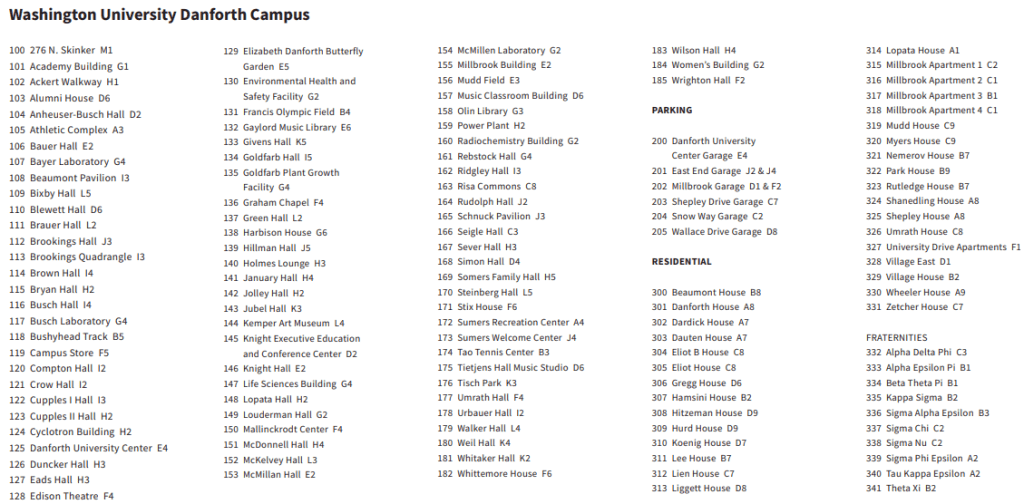Turkish Filbert
Arbor Walk #127, TreeKeeper ID #6482

Although the Turkish Filbert produces edible nuts, it is often outshined by its relative Corylus avellana, a more widespread species in the Turkish Filbert’s native range of Eurasia, for commercial production of hazelnuts. That being said, the Turkish Filbert is adept as a landscaping tree given its sturdy frame, dependable growth, and plasticity to various environmental conditions. And, of course, it comes with the added bonus of occasionally producing nuts that are edible after roasting.


GPS Coordinates
N/A
Percent Concrete
N/A
Distance to Buildings
| Year | Close Building #1 | Close Building #2 | Close Building #3 |
|---|---|---|---|
Distance to Other Species
| Year | Close Species #1 | Close Species # 2 | Close Species # 3 |
|---|---|---|---|
Standard Measurements
| Year | Height (m) | DBH (cm) | Crown Diameter N-S (m) | Crown Diameter E-W (m) | Average Crown Diameter (m) |
|---|---|---|---|---|---|
| 2023 | 4.8 | 7 | 1.89 | 3.32 | 2.605 |
| 2024 | 7.03 | 8 | 2.32 | 2.63 | 2.475 |
Nests and Pests
| Year | Description |
|---|---|
| 2023 | N/A |
Leaf Identification
The leaves of the Turkish Filbert are 3″ to 6″ long and 3″ to 6″ wide. The leaf shape is obovate or ovate with a cordate-like base. The margins are doubly serrated, and the venation is pinnate. They are pubescent along the veins on the underside. The leaves turn yellow in the fall.
Twig and Bud Identification
The twigs of the Turkish Filbert are slightly zigzag, and can range from almost hairless to thickly pubescent. Younger shoots tend to be hairier. The buds are brown to yellow-green, ovoid, and large. They have a few bud scales.
Bark Identification
The bark is typically gray to brown, and with age, it forms exfoliating bark that reveals an orange-brown inner bark.
Fruit Identification
The Turkish Filbert’s nuts are enclosed in a spiky, 2″ husk. It starts out green and ripens to brown. It is also dehiscent (splits open by itself), and often grow in clusters of 3 to 6. The nut itself is edible and has a 1/2″ diameter.
Flower Identification
The Turkish Filbert is monoecious (separate male and female flowers on one tree). The staminate (male) flowers are light brown to yellow catkins. They are around 2″ to 3″ long and form in clusters near the end of the branches. The pistillate (female) flowers are very small and only reveal their bright red stigma and styles from the otherwise normal bud. The flowers bloom at the start of spring.





